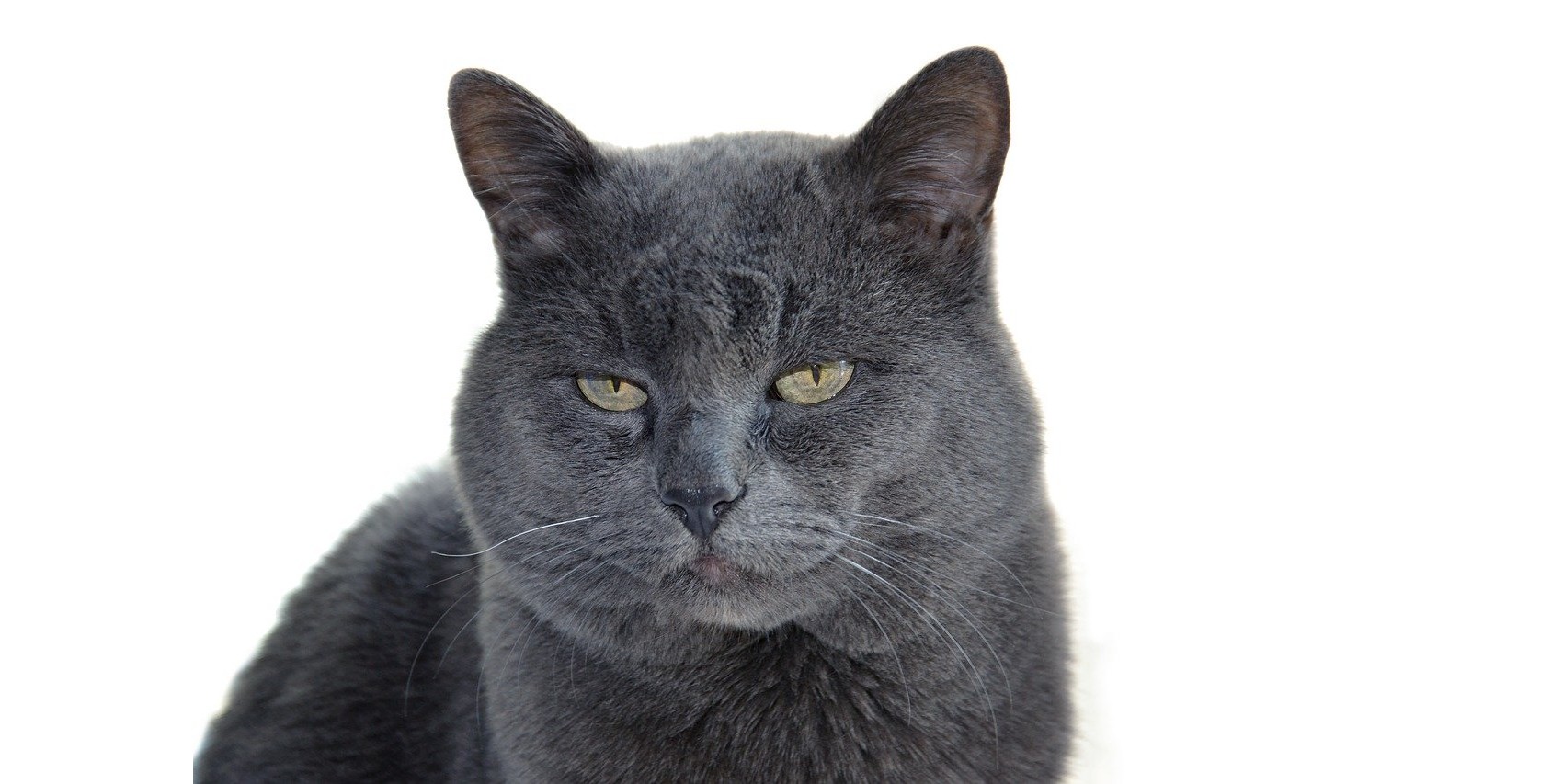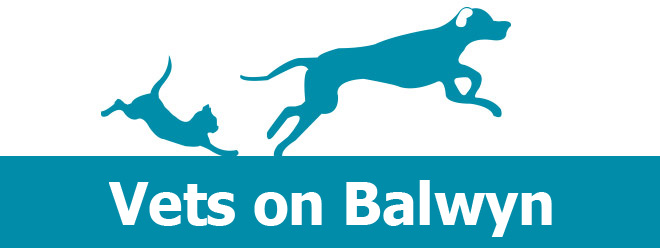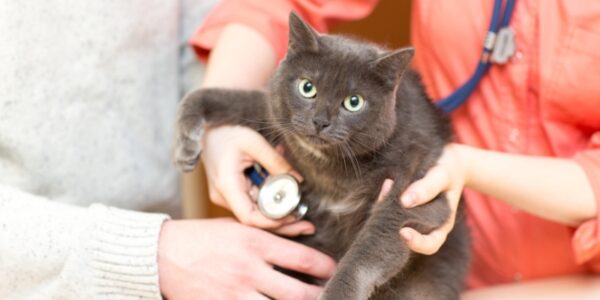
How to care for an elderly cat
Thanks to better nutrition, disease prevention and proper home care, cats are now living longer than ever before. Senior cats have recently been redefined as cats over the age of 11 years, but it’s not uncommon for us to see a ‘super-senior’ feline over the age of 18 years. We have even had the pleasure of helping to celebrate some feline 21st birthdays this year!
Here are a few essential things to consider when it comes to caring for an ageing feline:
- Ageing pets need more regular vet check-ups.
Cats are experts at hiding pain and keeping to themselves if they feel unwell. It is common for a cat suffering from painful arthritis, insidious dental disease or chronic kidney disease to sleep a bit more or potentially be a bit picky with their food. Because of this, we like to see your elderly cat for regular health checks, at least every six months.
Blood and urine testing, as well as blood pressure checks, are also crucial for our ageing feline friends. We can get a lot of information about the health of your cat from these diagnostic procedures and diagnose diseases such as hypertension and kidney disease.
- Keep a close eye on habits.
Knowing what is normal for your elderly cat in terms of eating, drinking, toileting, and sleeping is an excellent way to pick up on any changes early. Some older cats may have reduced appetite due to diminished smell and taste, but a lack of appetite can also be a symptom of diseases or pain. Conversely, an increased appetite may also be a symptom of diseases such as hyperthyroidism.
Older cats may be less inclined to want to toilet outside, especially if it’s cold or if they have arthritis. It’s a good idea to provide multiple litter trays, in different areas of the house. This way you can also keep an eye on elimination habits and look for blood in the urine or changes in faecal consistency, also another indicator of disease.
- Grooming and claw trimming is essential.
Geriatric cats are generally not as good at grooming themselves as they might have once been in their younger years. This may be due to sore joints or secondary to conditions such as dementia (a common condition in dogs that is now better recognised in cats).
You may need to regularly brush your elderly cat and gently tease out any mats. This is also an excellent time to check for any lumps or bumps, skin irritations or other changes that could indicate illness. Please arrange a check-up with us if you find anything unusual. Long-haired cats are susceptible to severe matting – avoid attempting to cut these with scissors as more often than not your will end up cutting your friends skin. Our nursing team are happy to help with clipping mats using pet clippers. A de-furminator comb is a handy tool to use with long hair cats as it helps comb out the tangles from the skin, reducing matts and evening helping to remove them.
We recommend checking your elderly cat’s nails twice a week. It is common for older cats to get overgrown nails, which can get stuck in carpet and furniture and even grow into their footpads. Ouch! Ask us for more information on how to trim your cat’s claws, or call us if you would like to book in a nail trim with one of our nurses. Regular nail trims are also a great opportunity to have your elderly friend weighed on a regular basis to help keep an eye out for any early drops in weight.
If you have any questions or concerns about your geriatric feline friends please don’t hesitate to contact us.



